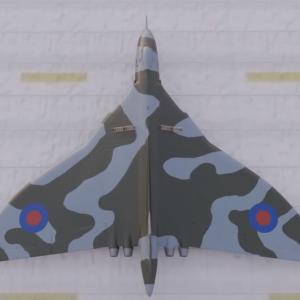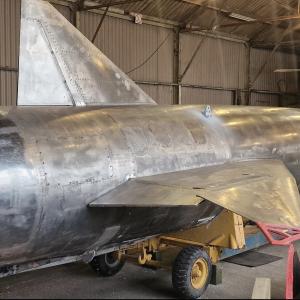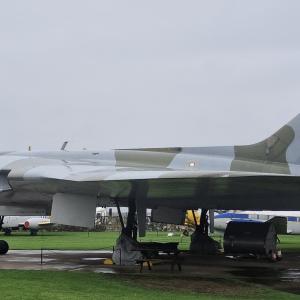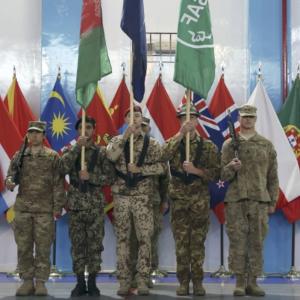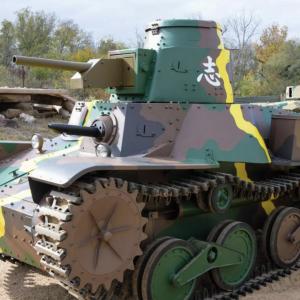
Little Boy Nuclear Bomb
Little Boy was the codename for the uranium-235 gun-type atomic bomb dropped on Hiroshima, Japan, on August 6, 1945. It was the first nuclear weapon ever used in warfare and was developed as part of the top-secret U.S. Manhattan Project during World War II. Unlike its counterpart Fat Man, which used plutonium and an implosion design, Little Boy employed a simpler gun-type mechanism using uranium-235. The decision to use uranium was based on the material's properties and availability, though its enrichment was a major technical challenge.
The bomb's design was primarily led by Captain William S. Parsons of the U.S. Navy, who was responsible for its ordnance engineering. The theoretical physics behind the weapon were developed by scientists at Los Alamos Laboratory, including Robert Serber and Norman Ramsey. The entire Manhattan Project was under the scientific leadership of J. Robert Oppenheimer. The gun-type mechanism was selected for Little Boy because of its relative simplicity and the known behavior of uranium-235, which did not require the use of a neutron initiator.
Little Boy functioned by firing a sub-critical uranium projectile into another sub-critical uranium target through a specially designed gun barrel. When the two masses collided, they formed a supercritical mass, triggering an uncontrolled nuclear chain reaction. The process occurred in a fraction of a second and released a massive amount of energy.
The bomb was approximately 10 feet long and 28 inches in diameter. It weighed about 9,700 pounds (4,400 kilograms) and used around 64 kilograms of uranium-235, enriched to over 80 percent. Its explosive yield was estimated at approximately 15 kilotons of TNT. A cordite-based propellant was used to drive the uranium projectile down the barrel into the target mass. The weapon used a radar and barometric fusing system to ensure detonation occurred at the optimal altitude above the target, maximizing blast damage.
The final assembly of the bomb was conducted on Tinian Island in the Pacific Ocean in late July 1945. On August 6, 1945, the B-29 Superfortress bomber Enola Gay, piloted by Colonel Paul Tibbets, took off from Tinian and dropped Little Boy over Hiroshima. The bomb detonated at an altitude of approximately 1,900 feet above the city, directly above the Shima Surgical Clinic. The resulting explosion destroyed nearly five square miles of the city, instantly killing an estimated 70,000 people, with tens of thousands more dying from injuries and radiation exposure in the weeks and months that followed.
Notably, Little Boy was never tested prior to its use. The Manhattan Project scientists were confident in the bomb's design due to the predictable nature of uranium-235’s chain reaction. In contrast, the plutonium implosion device, Fat Man, required a full-scale test, which was carried out in the Trinity test on July 16, 1945, in New Mexico. This lack of testing for Little Boy reflects the urgency and secrecy under which the weapon was developed and deployed.
Little Boy marked a significant and terrifying milestone in human history, ushering in the nuclear age. While it demonstrated the devastating power of nuclear weapons, it also set off decades of arms races and geopolitical tensions during the Cold War. The development, use, and consequences of Little Boy remain central to discussions about nuclear ethics, warfare, and international security.

